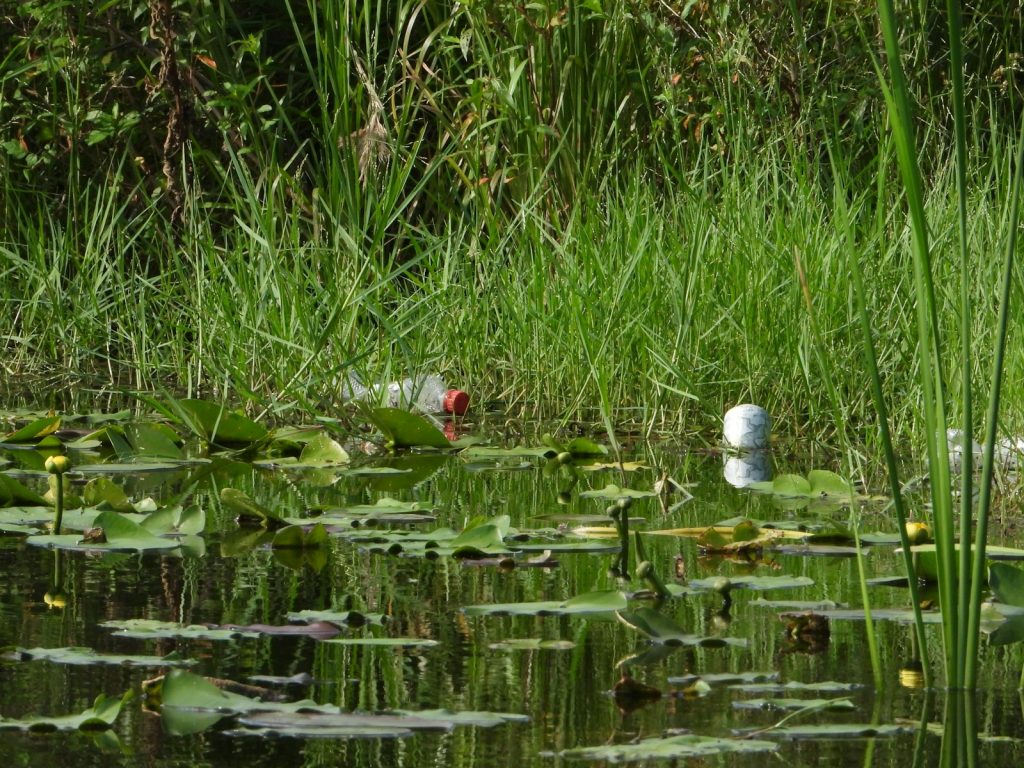
Environmental pollution
Water pollution has emerged as one of the most pressing environmental challenges globally, impacting ecosystems, human health, and economic development. In recent years, the situation has become increasingly dire, prompting urgent calls for effective governance and innovative solutions. This article delves into the current state of water pollution worldwide and in China, while also exploring various governance measures and policies aimed at mitigating this critical issue.
The Story of the Yangtze River: A Reflection of Global Water Pollution
To illustrate the severity of water pollution, consider the story of the Yangtze River in China, one of the longest rivers in the world. Once a pristine waterway teeming with biodiversity, the Yangtze has suffered from extensive pollution due to industrial discharge, agricultural runoff, and urban waste. Reports indicate that nearly 70% of its water is now unfit for human consumption, highlighting a broader trend seen in many rivers around the globe where industrialization and urbanization have led to devastating environmental consequences12.
Global Water Pollution: A Widespread Crisis
Water pollution is not confined to any single region; it is a global crisis affecting both developed and developing nations. Key factors contributing to this issue include:
- Industrial Discharges: Factories often release untreated wastewater containing heavy metals and toxic chemicals into rivers and lakes.
- Agricultural Runoff: The use of fertilizers and pesticides leads to nutrient runoff that causes eutrophication in water bodies.
- Urban Waste: Inadequate sewage treatment facilities result in untreated sewage being discharged into waterways.
According to the World Health Organization (WHO), approximately 2 billion people lack access to safe drinking water, with contaminated sources leading to diseases such as cholera and dysentery. Furthermore, it is estimated that water pollution costs countries billions in healthcare expenses and lost productivity due to illness3.
The Situation in China: Progress Amidst Challenges
China’s water pollution situation reflects both significant challenges and notable progress. The country has implemented various policies aimed at combating water pollution, including the “Water Pollution Prevention and Control Action Plan,” which focuses on reducing pollutants in key rivers and lakes4. However, challenges remain:
- Continued Industrial Pollution: Despite efforts to regulate industrial discharge, many factories still operate without adequate wastewater treatment.
- Agricultural Impact: Agricultural runoff remains a significant source of pollution, with nitrogen and phosphorus levels rising alarmingly in lakes and rivers.
- Urban Waste Management: Rapid urbanization has outpaced infrastructure development, leading to inadequate sewage treatment facilities in many cities.
Recent statistics indicate that while China’s urban sewage treatment rate reached 97.53% by 2020, many rural areas still lack proper sanitation facilities13. This disparity highlights the need for targeted interventions in rural regions to ensure comprehensive water quality improvements.
Governance Measures: Strategies for Improvement
Effective governance is crucial for addressing water pollution. Several strategies have been identified as essential components of successful governance frameworks:
- Regulatory Frameworks: Strengthening laws and regulations governing wastewater discharge can create accountability for polluters.
- Investment in Infrastructure: Upgrading sewage treatment facilities and expanding wastewater management systems are critical for reducing urban runoff.
- Public Awareness Campaigns: Educating communities about the importance of clean water can foster greater public engagement in conservation efforts.
- Ecosystem Restoration: Initiatives aimed at restoring wetlands and riparian zones can enhance natural filtration processes and improve overall water quality.
In China, recent initiatives have focused on integrating ecological considerations into economic planning. For instance, projects aimed at creating ecological buffer zones around lakes have shown promise in reducing agricultural runoff14. Additionally, promoting sustainable agricultural practices can mitigate nutrient loading into waterways.
Policy Recommendations for Future Action
To effectively address water pollution both globally and within China, several policy recommendations should be considered:
- Enhanced Monitoring Systems: Implementing comprehensive monitoring programs can help track pollution sources and assess the effectiveness of mitigation measures.
- Incentives for Clean Technology: Providing financial incentives for industries adopting cleaner technologies can accelerate the transition towards sustainable practices.
- Community Involvement: Engaging local communities in decision-making processes related to water management can lead to more effective solutions tailored to specific regional challenges.

Conclusion:
The fight against water pollution requires a multifaceted approach that combines regulatory measures, technological innovation, community engagement, and international cooperation. As demonstrated by the plight of the Yangtze River, the consequences of neglecting this issue are profound. However, with concerted efforts from governments, industries, and communities alike, it is possible to restore our waterways to their former glory—ensuring clean water for future generations.



